Money
Manufacturers in Gandaki going through a rough patch
The capacity utilisation of most industrial firms is very low because of multiple challenges, central bank report says.
Krishana Prasain
Manufacturers in Gandaki province have been going through a rough patch characterised by reduced electricity supply, high fuel and raw material costs, rising inflation, lack of skilled manpower and other problems, making it difficult to operate and establish businesses, says a recent report issued by Nepal Rastra Bank.
According to the Gandaki Province Economic Activities Report, which is based on figures for the first half of the fiscal year ended mid-January, the capacity utilisation of most industrial firms is very low because of multiple challenges.
The noodles and biscuits produced in Gandaki province are losing their competitiveness at a fast pace due to ballooning imports of manufactured food products and costlier imported raw materials, said the central bank report.
The tourist hub has been struggling since the Covid pandemic as visitors are yet to return.
Pashupati Murarka, former president of the Federation of Nepalese Chambers of Commerce and Industry, says there are problems in operating factories due to record high fuel prices, power shortages, low capital expenditure by the government and high interest rate.
“The banks are facing a liquidity crisis, and this problem does not look like going away anytime soon. As the government has not been able to spend the funds allocated for capital expenditure, orders from the industrial sector are at a low level,” Murarka said.
"Further rise in commodity prices is imminent. This will erode the competitiveness of Nepali industry even more because the cost of production will go up," he said.
"Since consumers spend a large chunk of their household budget on food, inflation will bring down their purchasing power; and that will have a direct impact on demand for goods," he added.
The industrial sector in Gandaki province is expected to contribute 18.4 percent to the gross domestic product (GDP) in the current fiscal year, up from 17.7 percent last year.
There are 13,184 small and medium industrial firms in Gandaki, employing 55,182 people.
According to the report, the average industrial capacity utilisation of the 14 industrial firms surveyed in the first half of the fiscal year has increased by 4.8 percent year-on-year to 42.7 percent.
This means that industrial capacity utilisation is less than half even though the Covid pandemic has been winding down, and the market has been performing normally.
Industrial loans declined by 17.5 percent to Rs50.92 billion in the first six months of the current fiscal year compared to the same period in the last fiscal year.
“There are challenges in attracting foreign investment in the industrial sector. The supply of energy is not sufficient, and there is no reliable road facility,” the report said. “Factories lack skilled manpower,” the report said. More and more semi-skilled and skilled workers are leaving for foreign employment, the central bank report said.
The government has aimed to increase domestic production to boost exports.
“That's a lofty idea. The target to increase domestic production and boost exports in the given economic situation is not realistic,” said Murarka. “We were expecting the budget to provide some relief to entrepreneurs.”
It is challenging to increase the competitive capacity of goods produced domestically due to their high cost and low quality compared to foreign products, as per the report.
As a result of rising land and construction costs and unmanaged urbanisation, it is not easy to establish new factories. There are bureaucratic hassles when establishing new industrial firms, renewing company registration and paying taxes and charges, the report said.
Implementing a one-window service, using technology and promoting digital payment continues to be an uphill task, according to the report.
“It is expected that cement production in Gandaki province will increase sharply by 145 percent in line with market demand. Gandaki has witnessed a jump in the number of cement factories.
Pharmaceutical production in the province is expected to increase by 6.1 percent as it keeps pace with demand. With regard to beverage output, beer production is expected to grow by 5.5 percent, the central bank report said.
The capacity utilisation of industries like chocolate, biscuit, beer, liquid and capsule medicine, bricks and edible oil reached more than 50 percent in the review period.
The production of dry strips, tablets, beer, capsules and cement was up steeply in the review period while mustard oil, ointment and cigarette output saw a modest growth.
Gandaki province has a high potential for industries producing agriculture and livestock products. The province can store, process and export apples, tangerines and coffee. Industries based on riverbed materials and other minerals including iron mines also have high prospects, the study shows.
The central bank report on economic activities covered the 11 districts in Gandaki province—Kaski, Syangja, Tanahu, Lamjung, Gorkha, Baglung, Myagdi, Manang, Mustang, Parbat and Nawalparasi (East).




 17.12°C Kathmandu
17.12°C Kathmandu
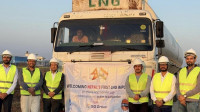




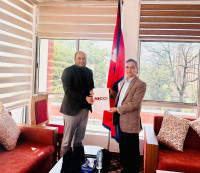



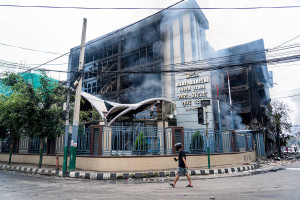
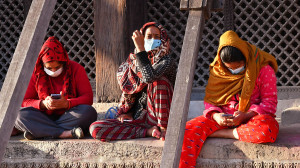

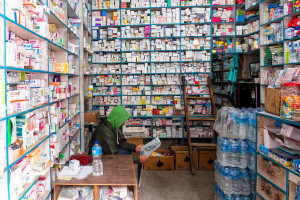
%20(1).jpg&w=300&height=200)
